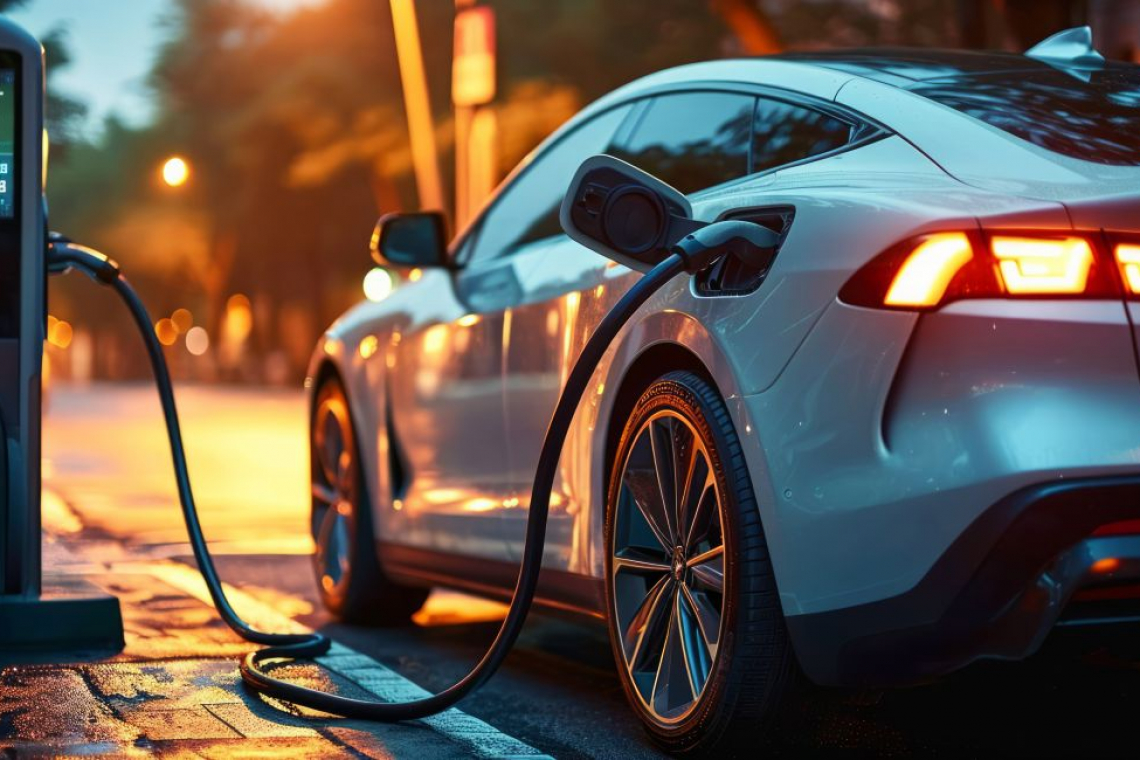In future, electricity procurement at charging stations could become more flexible. Electric car drivers will then be able to choose their preferred tariff.
In future, drivers of electric vehicles will also be able to choose their preferred tariff at public charging points. In a joint pilot project, the transmission system operator 50Hertz, the green energy provider LichtBlick, the IT start-up decarbon1ze and the distribution system operator Stromnetz Berlin are currently testing the underlying IT processes for the first time in Germany. The core of the collaboration is that the purchase of electricity at a public or semi-public charging station is no longer exclusively linked to its operator, but that users can use their own provider via their respective billing system. The electricity volumes are allocated via a so-called virtual balancing area and billed via the balancing group of the user's own electricity provider. From a technical perspective, it is necessary for the billing data to be forwarded to the grid operators and the electricity provider when an e-vehicle is charged. Only then can the electricity consumption be properly recorded in the balancing group. Balancing groups have the market function of combining the generation and consumption of electricity by the respective responsible parties. They are responsible for ensuring that there is always a balance between generation and purchasing on the one hand and consumption and sales on the other. If this balance cannot be maintained, e.g. due to short-term deviations in generation or consumption, the transmission system operator must use balancing energy for physical balancing. The more precise the data basis for the integration of consumers and producers of energy, the better the balancing groups can be managed. This also reduces the required use of balancing energy by the transmission system operator.


